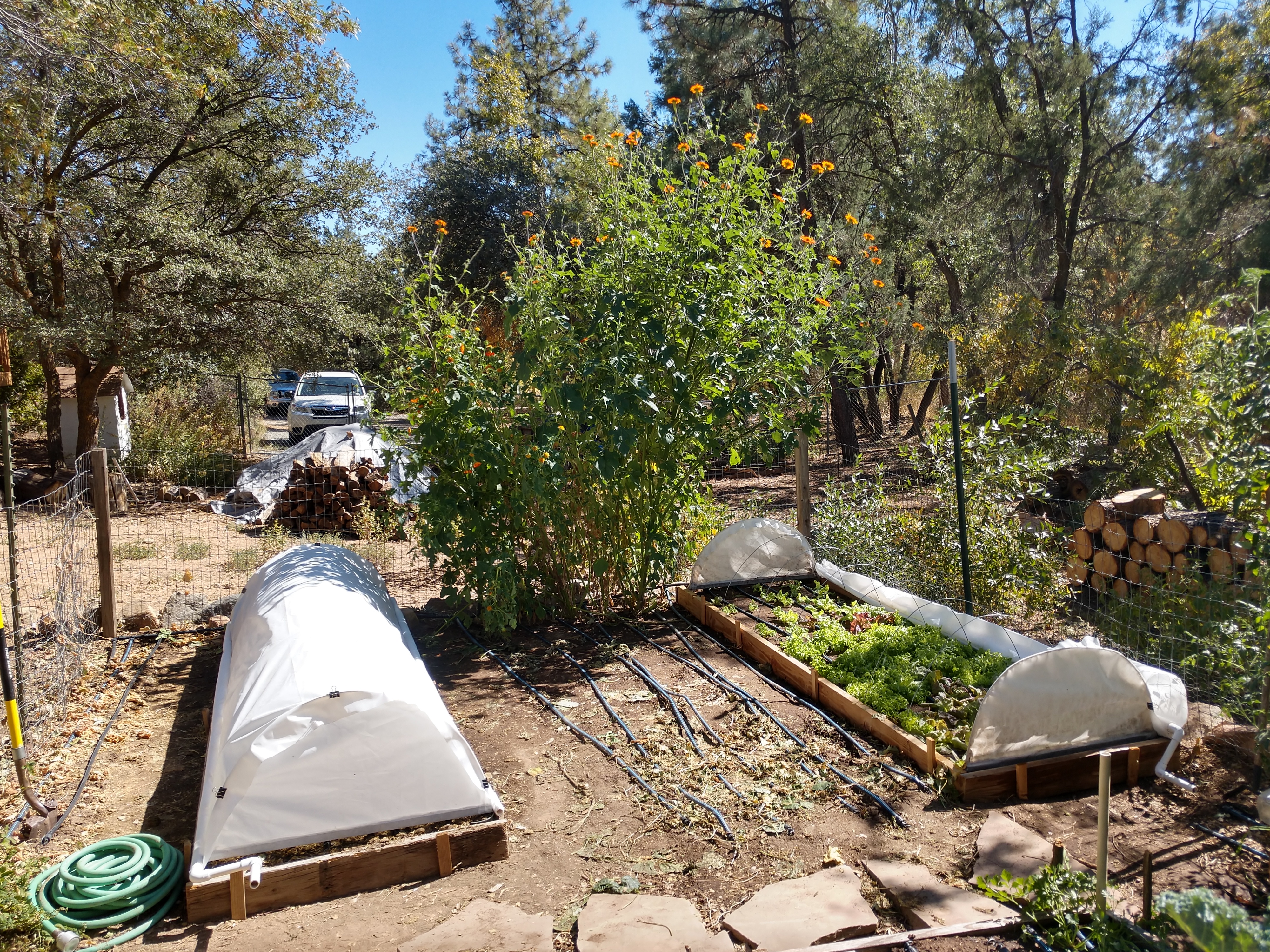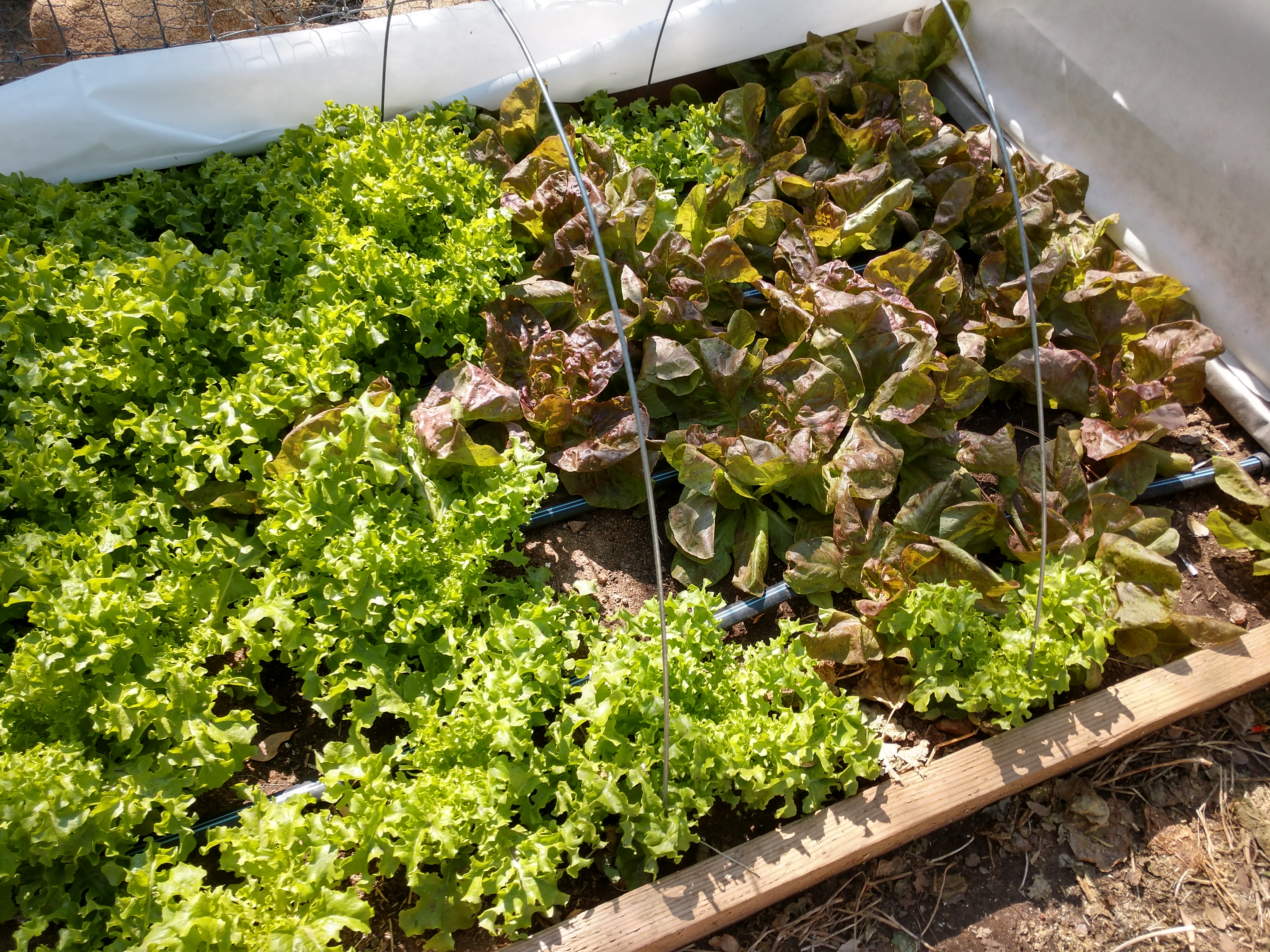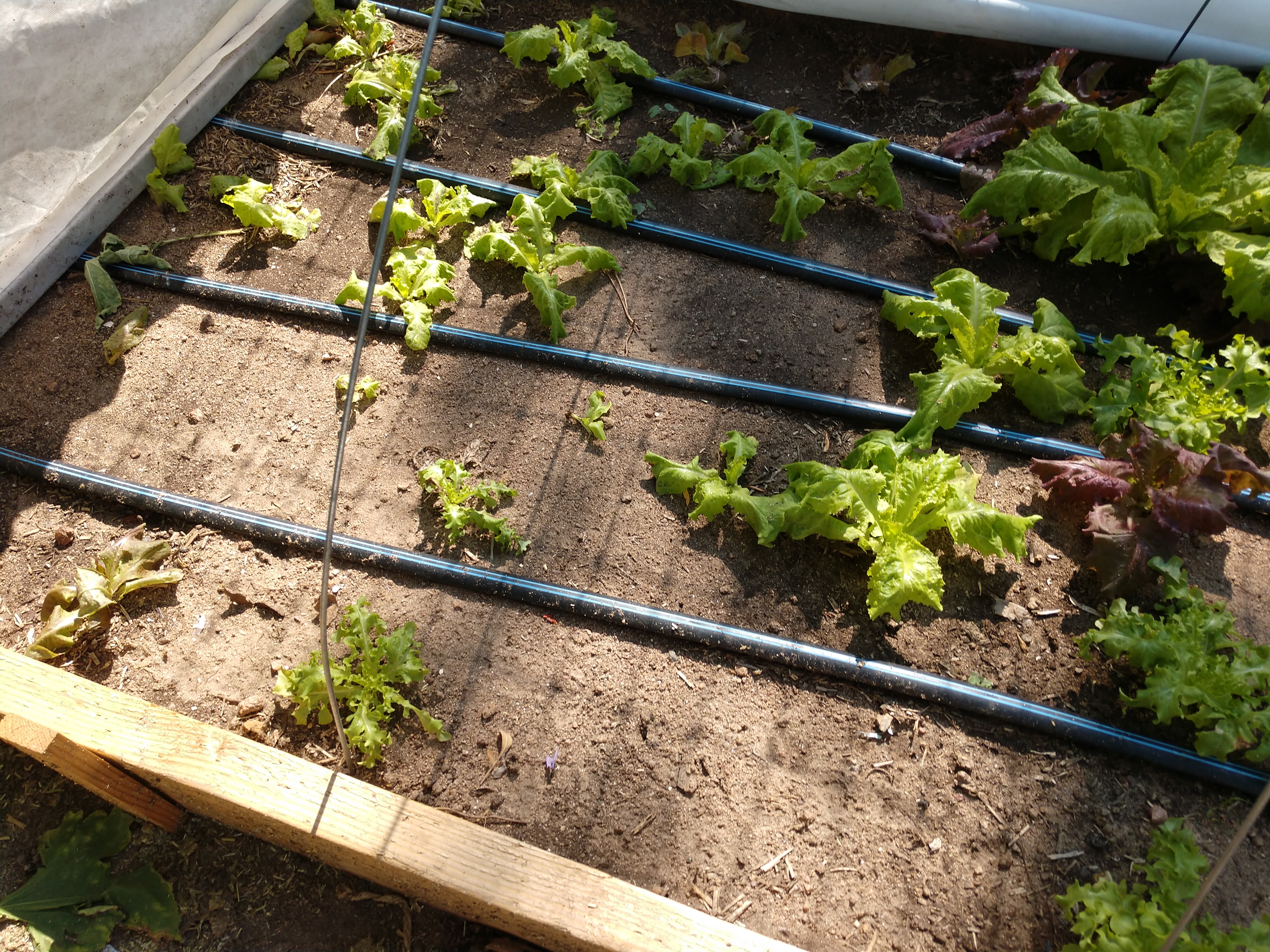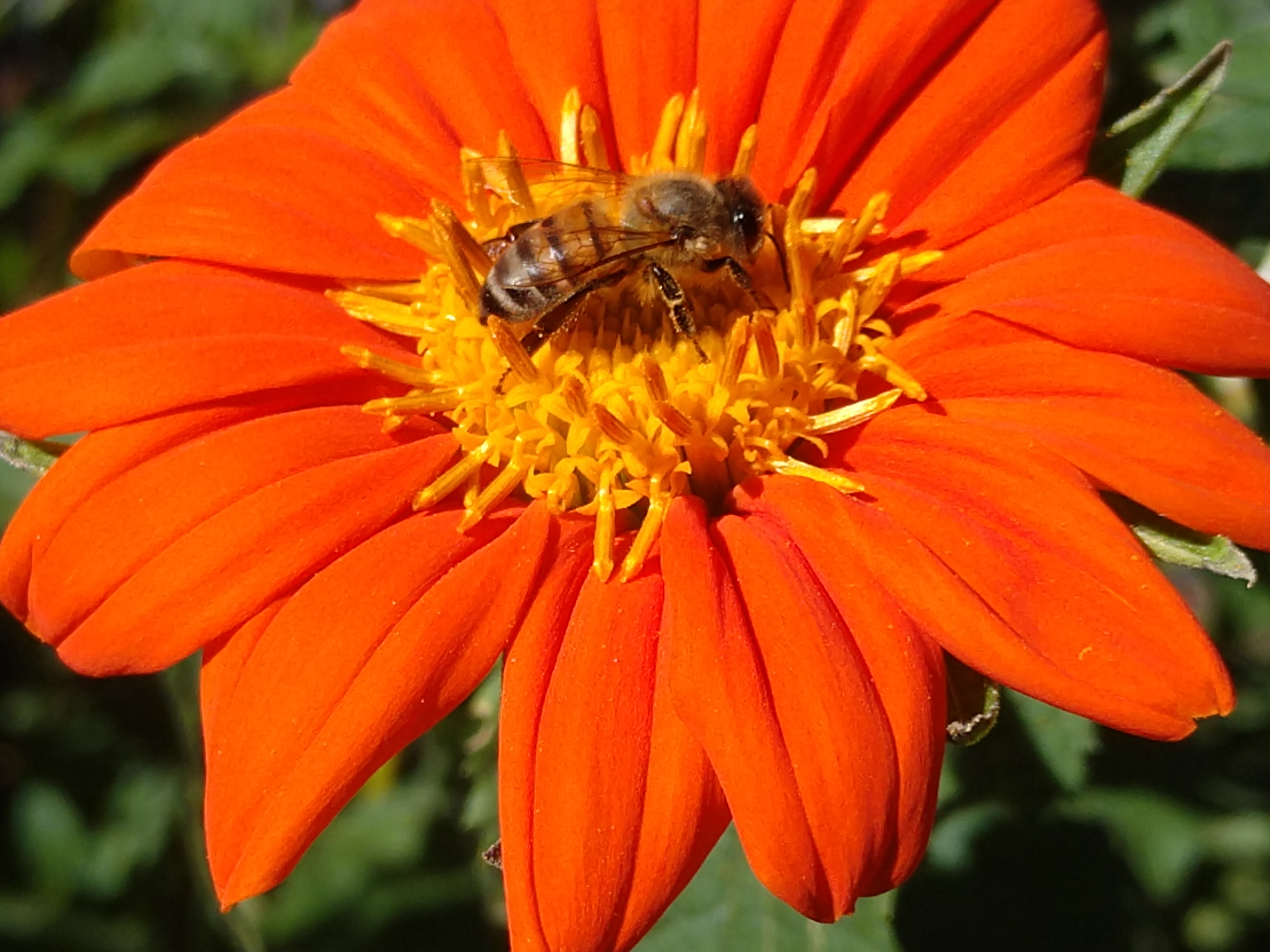 Plant Warfare? - October 21, 2020 Jeff Schalau, Agent, Agriculture & Natural Resources University of Arizona Cooperative Extension, Yavapai County Plants may not be able to outrun predators, but they are by no means passive participants in the battle for survival. Plants actively compete with other plants for growing space. Many plants produce toxic compounds that discourage herbivory. Plants can also alter soil chemistry and others even poison their neighbor's offspring to gain advantage. Many plants form alliances with neighboring plants and other life forms to facilitate processes like nutrient uptake and reproduction. It’s a jungle out there and scientists continue to discover new battle strategies while also debunking myths. Poisonous plants use a simple and direct strategy. Animals and insects that feed on poisonous plants are often repelled when they eat poisonous plants. This allows the poisonous plant to grow and reproduce more aggressively than surrounding non-toxic plants. Of course, over time, some herbivores can also develop a tolerance to the toxic compounds allowing them to have a reliable food source which is not favored by other species such as with Monarch Butterflies and milkweeds. Another competitive strategy is “allelopathy”. This involves a plant's secretion of biochemical materials into the soil environment to inhibit germination or growth of surrounding vegetation. The Romans observed the toxic effect of black walnut on neighboring plants 2,000 years ago. This decline occurs because the black walnut tree produces a non-toxic, colorless, chemical called hydrojuglone. When exposed to air or soil compounds, hydrojuglone is oxidized into the allelochemical juglone, which is highly toxic. This same process occurs in many other species and involves an array of other chemical compounds. Allelochemicals cause growth inhibition by affecting physiological processes such as respiration, cell division, and water and nutrient uptake. Symptoms of "allelopathic effects" include stunting, leaf wilting and yellowing, or death of part or all of a plant. A local “weed tree”, commonly called the tree of heaven (Ailanthus altissima), is also allelopathic. Strategic plant alliances also exist, and these are sometimes used to the gardener’s advantage. Trees often root graft with other of the same species. This allows weaker individuals to gain resources from healthier neighbors. Mycorrhizal fungi form symbiotic associations with plant roots of many species. These associations are characterized by two directional movement of nutrients where carbon (sugar) flows to the fungus and essential nutrients move to the plant, thereby providing a critical linkage between the plant root and soil. Mycorrhizal fungi are critically important in areas of infertile soils and are particularly adept at sequestering phosphorous. Many native plants in north central Arizona have mycorrhizal associations. Vegetable and fruit growers are also looking to mix in beneficial plant species to promote soil fertility, reduce weeds, confuse insect pests, and attract beneficial and predatory insects. Converting from a monoculture to a mixed “polyculture” has many advantages (see the April 29, 2020 column called “Farmscaping Enhances Beneficial Insects”). While many of the concepts of polyculture and cover cropping have been scientifically validated, others have not. Some of the popular literature regarding companion planting is based on flawed research. The "sensitive crystallization method" which was originated by Dr. Ehrenfried E. Pfeiffer in the 1930's. They did not base their recommendations on field observations and few if any scientific experiments have shown this method can determine compatibility among plant species. Some plants do benefit from being planted in close proximity. The Native American practice of planting corn, beans, and squash (The Three Sisters) has been proven to be an effective polyculture. The best way to test these recommendations is to use them in your own garden and document the results in your garden notebook. What, you don’t have one? Then get one right away. Any time you plant, harvest, or initiate a new practice you should take notes and photos, draw maps, and document what you did. Design small experiments to test your theories and observe/document the results. How else will you know if it was success or a failure? In my garden this year, the Mexican Sunflower (Tithonia rotundifolia) looks to have had serious allelopathic effects on my adjacent lettuce bed. The lettuce plants within four feet of the Tithonia are noticeably stunted. I love Tithonia and it attracts many pollinators and butterflies, but next year, I’ll plant it in a separate area ten feet or so from the vegetables. The allelopathic effect of sunflowers is temporary, but is well documented in scientific literature. There are photos and more information about allelopathy and companion planting below. You can follow the Backyard Gardener on Twitter – use the link on the BYG website. If you have other gardening questions, email the Master Gardener Help Desk in Prescott (prescottmg@gmail.com) or Camp Verde (verdevalleymg@gmail.com) and be sure to include your name, location, and phone number. Find past Backyard Gardener columns or provide feedback at the Backyard Gardener web site: https://cals.arizona.edu/yavapai/anr/hort/byg/. Images  Mexican sunflower (Tithonia rotundifolia) growing in the author's home vegetable garden near a raised bed of lettuce planted on August 21, 2020 and photographed on October 12, 2020 (Photo by Jeff Schalau, University of Arizona).
Mexican sunflower (Tithonia rotundifolia) growing in the author's home vegetable garden near a raised bed of lettuce planted on August 21, 2020 and photographed on October 12, 2020 (Photo by Jeff Schalau, University of Arizona). Close-up view of unaffected lettuce. Varieties shown are 'Goldrush' on left and 'Yugoslavian Red' on right (Photo by Jeff Schalau, University of Arizona).
Close-up view of unaffected lettuce. Varieties shown are 'Goldrush' on left and 'Yugoslavian Red' on right (Photo by Jeff Schalau, University of Arizona). Close-up view of stunted lettuce growing within four feet of the Mexican sunflower. Varieties shown are 'Goldrush', 'Australian Yellowleaf', and 'Yugoslavian Red'. These were planted at the same time and with the same soil preparation as the unaffected plants shown above and were not under water stress. I am assuming allelopathy caused the difference as the larger plant shown in the upper right is farthest away (five feet) from the Mexican sunflower (Photo by Jeff Schalau, University of Arizona).
Close-up view of stunted lettuce growing within four feet of the Mexican sunflower. Varieties shown are 'Goldrush', 'Australian Yellowleaf', and 'Yugoslavian Red'. These were planted at the same time and with the same soil preparation as the unaffected plants shown above and were not under water stress. I am assuming allelopathy caused the difference as the larger plant shown in the upper right is farthest away (five feet) from the Mexican sunflower (Photo by Jeff Schalau, University of Arizona). Close-up of Mexican sunflower bloom with a honeybee visiting. In the future, I plan to grow these flowers in a separate planting at least five feet away from the vegetable garden with their own protective fence (Photo by Jeff Schalau, University of Arizona).
Close-up of Mexican sunflower bloom with a honeybee visiting. In the future, I plan to grow these flowers in a separate planting at least five feet away from the vegetable garden with their own protective fence (Photo by Jeff Schalau, University of Arizona).Additional Resources Plants That Inhibit Other Plants, Illinois Extension extension.illinois.edu/blogs/rhonda-ferrees-ilriverhort/2018-08-06-plants-inhibit-other-plants Studies on The Allelopathic Effects of Tithonia rotundifolia on the Germination and Seedling Growth of Some Legumes and Cereals, International Journal of Biology; Vol. 6, No. 1; 2014 cals.arizona.edu/yavapai/graphics/tithoniaallelopathy_Int.JourobBiologyVol.6_No.1_2014.pdf The Myth of Companion Planting, Linda Chalker-Scott, Washington State University Extension puyallup.wsu.edu/wp-content/uploads/sites/403/2015/03/companion-plantings.pdf |